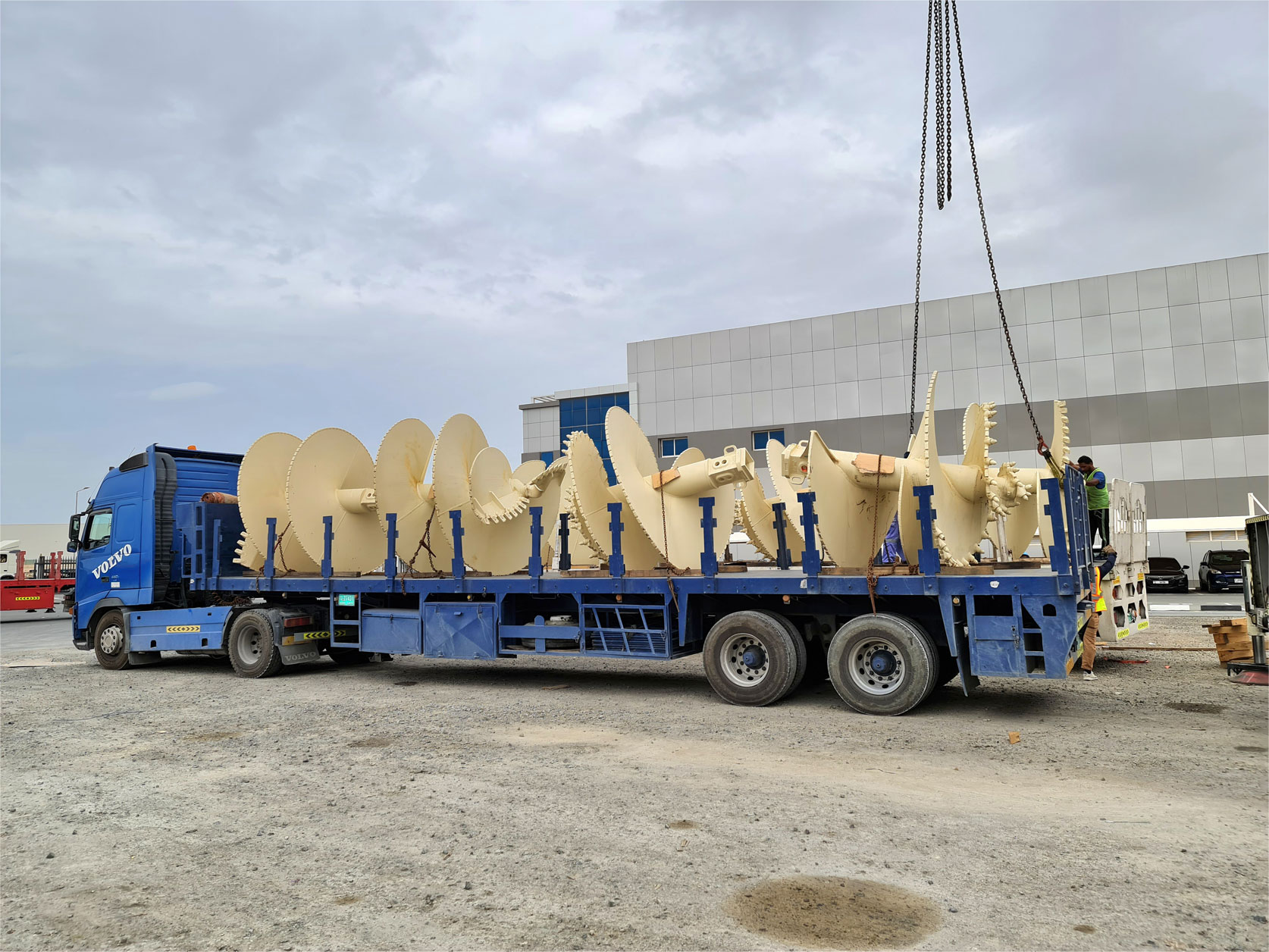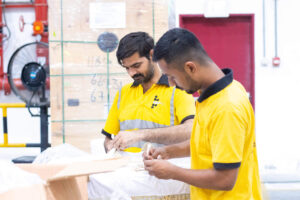
In project logistics, the cargo is transported through air, inland, and ocean routes utilizing three distinct logistics services: containerized shipping, break-bulk ships (multipurpose vessels), or roll-on/roll-off (RORO) vessels. Each of these vessel types faces unique challenges, pressures, and requirements.
Considering this diversity, what anticipations can be made? What trends or shifts are projected for the various facets of project logistics in the upcoming year?
Capacity Challenges
Signal vs Noise
Greater Renewable Demand
Replacement of Old Infrastructures
Modelling and Simulation
What Does the Future Hold?
Capacity Challenges
Capacity challenges are poised to persist in project cargo logistics throughout 2024 and beyond, stemming partly from the enduring repercussions of COVID-19. The pandemic significantly dampened the demand for roll-on/roll-off (RORO) vessels, particularly as consumer purchases of personal vehicles plummeted. Consequently, the overall orders and demand for RORO vessels experienced a substantial decline from 2019 to 2022, reaching historic lows.
Currently, a new challenge has emerged as consumer car purchases are rebounding, intensifying the demand for RORO vessels and creating difficulties in accommodating the transportation of large machinery. This shift necessitates alternative modes of transport such as containerized shipping or multipurpose vessels for cargo that would traditionally be transported on RORO ships.
In the upcoming year, an evolving dynamic is anticipated, with cargo volumes shifting among vessel types due to inadequate capacity in certain market segments and excess capacity in others. Key indicators to monitor over the next 18 months include fluctuations in market capacity and the order books for newly constructed containerized ships, break bulk ships, and roll-on/roll-off vessels.
Signal vs Noise
Distinguishing signal from noise remains a critical aspect in the project logistics market, marked unfortunately by volatility across its various segments. The ability of politicians to initiate and halt all special cargo logistics projects with a mere signature introduces significant challenges to strategic planning. Looking ahead, the market is poised to experience heightened and abrupt volatility in the coming years.
This increased volatility presents a complex scenario for heavy industry players and their logistics partners, necessitating enhanced planning and a focused approach towards making sound investments in assets tailored for large-scale projects. The primary challenge lies in deciphering the “signal versus noise” dynamic, discerning which projects are genuinely progressing towards completion and distinguishing them from mere industry noise.
Greater Renewable Demand
Growing demand for renewables, particularly in wind and solar energy projects, is expected to drive an increased need for project cargo transportation. However, meeting this demand might pose challenges for capacity. According to the latest report from the International Energy Agency (IEA), global investment in clean energy is projected to reach USD 1.7 trillion in 2023.
In the wind energy sector, a continuation of the trends forecasted for 2023 is evident, with a rise in offshore projects. The ongoing transition from onshore to offshore wind power production will lead to increased investments in building wind farms on water, particularly in the US and Europe.
The electric car sector is also making waves in project logistics, driven by the surge in electric vehicle (EV) manufacturing. The establishment of EV and car battery manufacturing facilities is on the rise, contributing significantly to the dynamics of project logistics. The emerging demand signals a growing and steadfast interest in sustainable solutions, further propelling global green transitions and their associated logistics.
Replacement of Old Infrastructures
Starting 2024, another notable trend will involve the replacement of aging infrastructures. This requirement is twofold, aiming to maintain environmental standards throughout the entire renewable market. This includes the renewal and revitalization (repowering) of old turbines built in the last 15 to 20 years. Additionally, a similar need arises in the realm of old ships.
Within the sphere of multi-purpose project vessels and break-bulk ships, some vessels will reach a point where retirement or repurposing becomes essential. This transition will consequently impact capacity and availability within the sector.
Modelling and Simulation
Looking beyond 2024, it’s noteworthy that the industry is poised for increased investments in software dedicated to modeling and simulating project cargo transport. This strategic allocation of resources aims to enhance cost control measures. Once fully developed and rigorously tested, this simulation software is expected to play a pivotal role in enabling the project logistics industry to gain a deeper understanding of the intricate maneuvers required in transportation, ultimately contributing to significant cost savings.
What Does the Future Hold?
In summary, the upcoming year poses significant challenges for project logistics. Factors such as volatility, political sensitivity, capacity constraints, and the imperative to update infrastructure for sustainable goals and the sector’s enduring functionality will define the next 18 months. During such periods, the crucial need to invest in strategic partnerships becomes evident. Businesses must genuinely collaborate with trusted partners to weather the challenges, establishing resilience to navigate the uncertainties of an uneasy and unstable market. Long-term value partnerships, grounded in trust, cost-effectiveness, and strategic planning, will prove instrumental in generating sustained value over the long haul.



